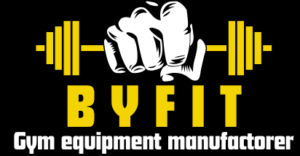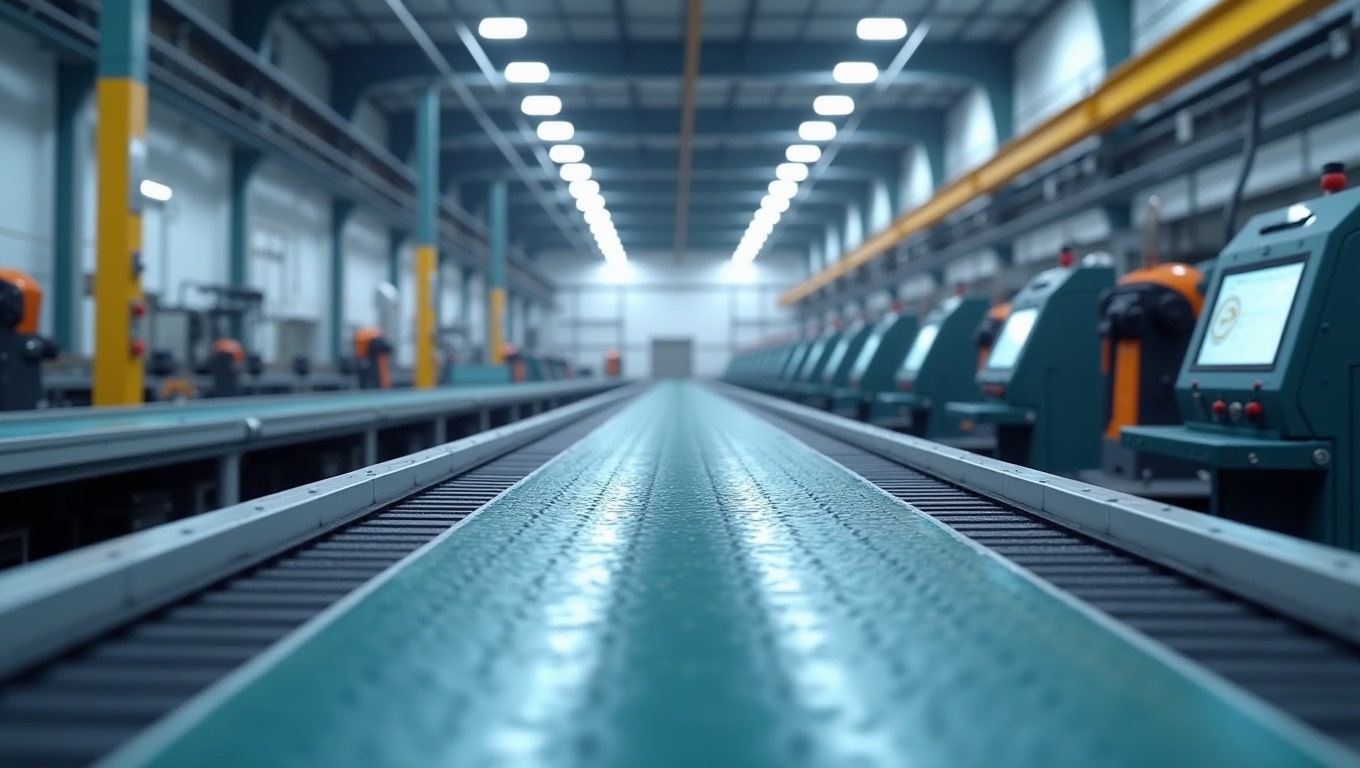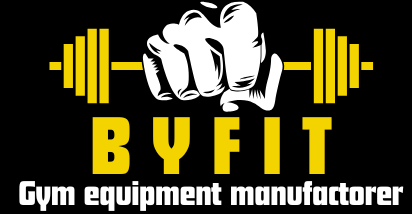Where to Find the Best High-Quality Rubber Flooring Supplier
The global fitness industry’s explosive growth has created unprecedented demand for high-quality rubber flooring solutions. As facility owners and equipment distributors navigate this expanding market, finding a reliable rubber flooring supplier has become more crucial than ever. This comprehensive guide will help you make an informed decision that ensures both quality and value for your investment.
Essential Supplier Checklist:
- ✓ Manufacturing Capacity: 50,000+ sqm monthly output
- ✓ Quality Certifications: ISO 9001, ASTM F1292
- ✓ Minimum Order: Flexible MOQ from 500-1000 sqm
- ✓ Customization: Color, thickness, density options
- ✓ Export Experience: 10+ years international trade
Understanding the complexities of rubber flooring procurement can significantly impact your business success. With the market projected to reach $1.6 billion by 2032, making an informed supplier choice is more critical than ever.
“Selecting the right rubber flooring supplier isn’t just about finding the lowest price – it’s about securing a reliable partner for your business growth.”
What Should You Look for in a High-Quality Rubber Flooring Supplier?
Identifying a reliable high-quality rubber flooring supplier requires careful evaluation of multiple critical factors. In today’s competitive market, where quality can make or break your reputation, understanding these key elements becomes essential for making informed procurement decisions.
Key Supplier Evaluation Metrics:
- Production Capacity: 50,000+ sqm/month
- Quality Control: 3-tier inspection system
- R&D Investment: Minimum 5% of revenue
- Export Experience: Minimum 5 years
- Customer Support: 24/7 availability
State-of-the-art manufacturing facility with automated quality control systems
Manufacturing Capabilities
Leading suppliers like Shandong Byfit demonstrate superior manufacturing capabilities through:
- Advanced Production Technology
- Automated mixing systems for consistent quality
- Precision cutting equipment (±0.5mm tolerance)
- Temperature-controlled curing chambers
- Digital quality monitoring systems
- Quality Control Infrastructure
- In-house testing laboratories
- Real-time production monitoring
- Batch tracking systems
- Documentation and certification processes
Export Qualifications
Verify these essential export credentials:
| Qualification Type | Importance | Verification Method |
|---|---|---|
| Export License | Critical | Government database check |
| International Certifications | Essential | Third-party verification |
| Trade Insurance | Recommended | Insurance provider confirmation |
Research and Development
Leading manufacturers invest significantly in R&D, focusing on:
- Material innovation for enhanced durability
- Eco-friendly production methods
- Performance improvement research
- Custom solution development
“A supplier’s manufacturing capabilities and export qualifications are direct indicators of their ability to deliver consistent quality at scale.”
Industry Benchmarks
Recent market analysis reveals:
- Top suppliers maintain 98%+ quality consistency rates
- Average production capacity growth: 15% annually
- R&D investment: 5-8% of annual revenue
- Customer satisfaction correlation with manufacturing capability: 89%
How to Verify a High-Quality Rubber Flooring Supplier’s Credibility?
Verifying a supplier’s credibility goes beyond checking basic certifications. In the competitive rubber flooring industry, where quality directly impacts safety and durability, understanding comprehensive verification methods becomes crucial for making informed procurement decisions.
Essential Verification Checklist:
- ✓ ISO 9001:2015 Certification
- ✓ ASTM F1292 Compliance
- ✓ Factory Audit Reports
- ✓ Sample Testing Results
- ✓ Client References
Advanced testing facility ensuring compliance with international standards
Quality Control Systems
Professional manufacturers like Byfit implement multi-layer quality control:
Stage 1: Raw Material Testing
- Density verification: ±2% tolerance
- Chemical composition analysis
- Material purity testing
- Supplier certification verification
Stage 2: Production Monitoring
- Real-time process control
- Temperature monitoring
- Pressure consistency checks
- Dimensional accuracy testing
Stage 3: Final Product Inspection
- Physical properties testing
- Performance verification
- Visual inspection
- Documentation review
Certification Verification Process
| Certification Type | Verification Method | Renewal Frequency |
|---|---|---|
| ISO 9001:2015 | Online database check | Annual |
| ASTM Compliance | Lab test reports | Bi-annual |
| Environmental Certificates | Regulatory body verification | Annual |
Performance Track Record
Key indicators of supplier reliability:
- Production Consistency: 98% within specification
- On-time Delivery Rate: 95% or higher
- Customer Satisfaction: Minimum 4.5/5 rating
- Quality Claims: Less than 1% of shipments
Industry Benchmarks and Statistics
Recent market research indicates:
- Top 10% of suppliers maintain 99.5% quality consistency
- Average industry defect rate: 2.3%
- Leading suppliers invest 15% more in quality control
- Third-party testing adoption rate: 78% increase since 2020
“Thorough supplier verification isn’t an expense – it’s an investment in your business’s reputation and success.”
Verification Resources:
Which Specifications Matter When Sourcing High-Quality Rubber Flooring?
Understanding technical specifications is crucial for making informed procurement decisions. With the rubber flooring market experiencing significant growth and technological advancement, knowing which specifications directly impact performance can save both time and resources.
Critical Specifications at a Glance:
- ✓ Thickness Range: 6mm – 50mm
- ✓ Density: 850-1050 kg/m³
- ✓ Slip Resistance: R10-R12 rating
- ✓ Impact Resistance: 8ft critical fall height
- ✓ Surface Texture: 2-4mm granule size
Comparative analysis of rubber flooring specifications for different applications
Technical Specifications Analysis
Thickness Requirements by Application
| Application | Recommended Thickness | Key Benefits |
|---|---|---|
| Cardio Areas | 6-8mm | Shock absorption, noise reduction |
| Free Weight Areas | 15-20mm | Impact protection, durability |
| Olympic Lifting Zones | 30-50mm | Maximum impact absorption, floor protection |
Market Trends and Specifications
Recent market analysis reveals significant trends:
- Market Growth:
- Current market value: $1.1 billion (2023)
- Projected growth: 4.3% CAGR
- Expected value by 2032: $1.6 billion
- Specification Preferences:
- 70% of buyers prefer 15-20mm thickness
- 85% demand slip resistance certification
- 60% require custom color options
Essential Performance Indicators
Key specifications from Byfit’s premium rubber flooring include:
| Property | Standard Range | Premium Range |
|---|---|---|
| Density (kg/m³) | 850-950 | 950-1050 |
| Shore A Hardness | 60-70 | 65-75 |
| Tensile Strength (MPa) | ≥2.0 | ≥3.0 |
| Elongation (%) | ≥150 | ≥200 |
“The right specifications aren’t just numbers – they’re the foundation of your facility’s safety and performance.”
Additional Technical Resources:
What are the Cost Factors in High-Quality Rubber Flooring Supply?
Understanding the cost structure of high-quality rubber flooring is essential for making informed procurement decisions. While initial price points are important, the total cost of ownership involves multiple factors that impact long-term value.
Key Cost Components:
- ✓ Base Material: 40-45% of total cost
- ✓ Manufacturing: 25-30% of total cost
- ✓ Shipping: 15-20% of total cost
- ✓ Customization: 5-10% additional
- ✓ Volume Discounts: Up to 25% savings
Comprehensive cost analysis of commercial rubber flooring procurement
Pricing Structure Analysis
Volume-Based Pricing Tiers
| Order Volume (sqm) | Price Range ($/sqm) | Potential Savings |
|---|---|---|
| 500-1,000 | Standard Wholesale Rate | 10-15% |
| 1,001-5,000 | Tier 1 Discount | 15-20% |
| 5,000+ | Tier 2 Discount | 20-25% |
Additional Cost Considerations
- Shipping and Logistics:
- Container optimization strategies
- Port selection impact
- Insurance costs
- Custom clearance fees
- Customization Costs:
- Color modifications: +5-8%
- Special thickness: +10-15%
- Custom patterns: +12-18%
- Specialized packaging: +3-5%
Return on Investment Calculations
Investment analysis based on a 1,000 sqm facility:
| Factor | Standard Quality | Premium Quality |
|---|---|---|
| Initial Investment | Base Cost | +25-30% |
| Lifespan | 5-7 years | 8-10 years |
| Annual Maintenance | Higher | Lower by 40% |
“Smart cost management isn’t about finding the lowest price – it’s about maximizing long-term value and performance.”
Making Your Final Decision: Next Steps in Choosing Your Supplier
Key Decision Factors
- Verify manufacturer credentials and certifications
- Compare technical specifications against your requirements
- Analyze total cost of ownership
- Consider long-term partnership potential
Recommended Next Steps
- Request Samples: Test product quality firsthand
- Verify Specifications: Ensure compliance with your needs
- Compare Quotes: Evaluate total cost including shipping
- Check References: Contact existing customers
Ready to Move Forward?
Take the next step in securing high-quality rubber flooring for your facility. Byfit offers comprehensive support throughout your procurement journey.



